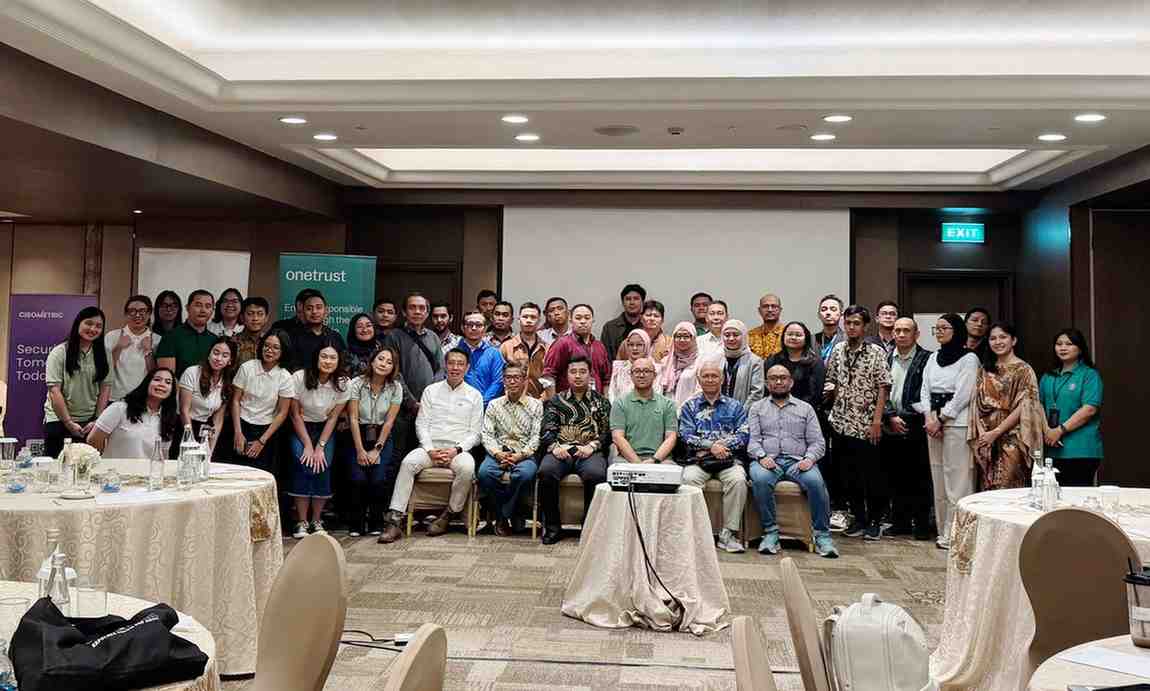From 5G to 6G: What Can We Expect from Super-Fast Networks?

31 Jul 2024
From 5G to 6G: What Can We Expect from Super-Fast Networks?
5G networks are currently being expanded and implemented in many countries, including Indonesia. This technology brings a significant boost in speed and connectivity compared to previous generations. However, the world of technology doesn't stop at 5G. The development of the sixth generation network, or 6G, is now entering its early stages. 6G networks are predicted to offer significant improvements in speed, latency, and capacity, potentially revolutionizing various sectors.
The Six Pillars of 6G

-
Native AI
6G will be equipped with integrated AI capabilities. The network design and air interface will leverage end-to-end (E2E) AI and machine learning for more personalized optimization and automated operations and maintenance (O&M).
-
Networked Sensing
6G will have sensing capabilities integrated into the network. With advancements in frequency bands, bandwidth, and antenna technology, communication systems will utilize wireless sensing to detect the physical environment through the use of radio waves, echoes, reflections, and scattering.
-
Extreme Connectivity
6G will deliver high-performance wireless connections that are universal, providing an optimal user experience with speeds comparable to fiber optic technology.
-
Integrated NTN
6G will integrate terrestrial and non-terrestrial networks. With numerous low Earth orbit (LEO) or very low Earth orbit (VLEO) satellites, large satellite constellations will form within non-terrestrial networks. This 'wireless network in the sky' will extend the reach of terrestrial mobile infrastructure and enable new low-latency solutions for long-distance transmission.
-
Trustworthiness
The 6G network will combine various capabilities such as communication, sensing, computing, and intelligence, requiring a redefinition of network architecture. This new architecture must be able to support embedded trust within the system and adapt to tasks like collaborative sensing and distributed learning, enabling large-scale AI deployment.
-
Sustainability
Sustainability and eco-friendly design are core requirements and primary goals in the design of 6G networks and terminals. By leveraging green design concepts and integrated AI, 6G aims to improve energy efficiency by up to 100 times across the network to reduce infrastructure energy consumption.
When Will 6G Arrive in Indonesia?
Although 5G technology is still in the development and expansion phase in Indonesia, 6G is expected to be adopted globally by 2030. Developed countries will likely be pioneers in implementing 6G, while Indonesia is anticipated to adopt the technology once the supporting infrastructure becomes available.
However, to prepare for 6G, Indonesia needs to strengthen its digital infrastructure, enhance equal access to the internet, and promote collaboration between the government, telecom operators, and global technology providers.
Conclusion
The transition from 5G to 6G promises a significant transformation in how we live and work. With extremely high speeds, near-zero latency, and deep AI integration, 6G will pave the way for future technologies such as autonomous vehicles, holograms, and smart cities. Although it will take time before 6G can be implemented in Indonesia, efforts to prepare infrastructure and collaborate with technology companies like Huawei will be key to realizing the full potential of this sixth-generation network.
Author: Ghea Devita
Marketing Communication, PT Perkom Indah Murni.



